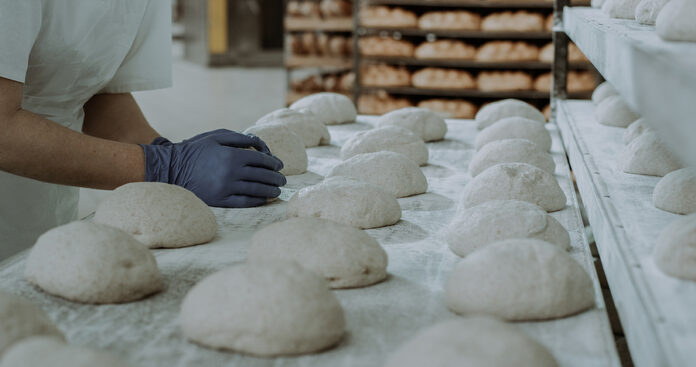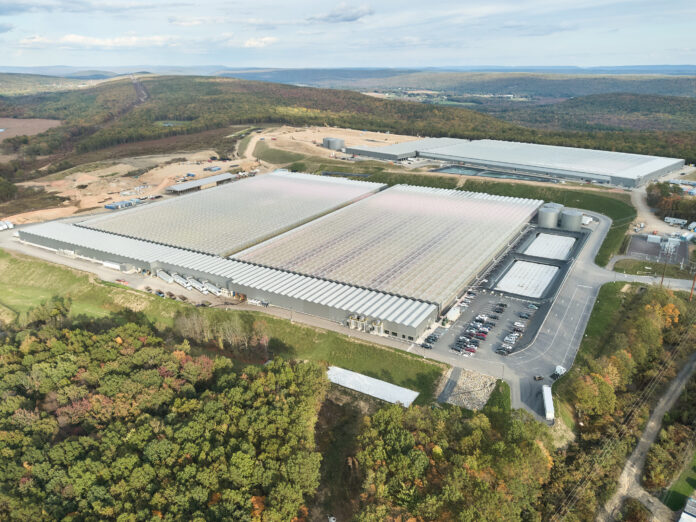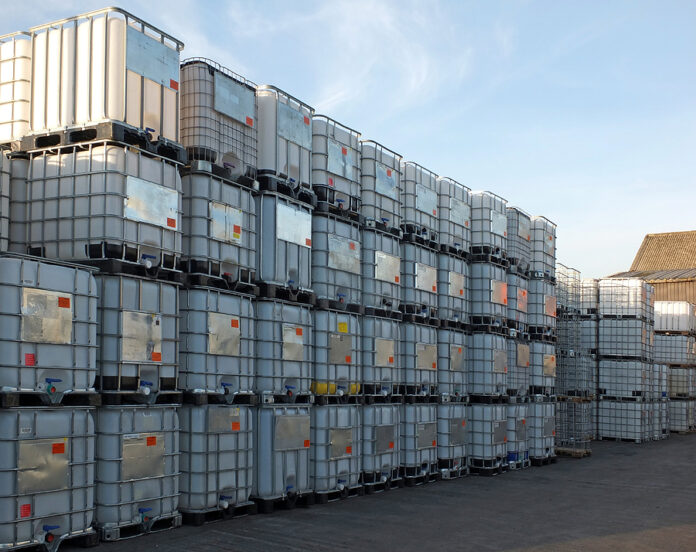
By Jonathan Wheat, Marketing Manager at Auto Extract Systems
Key Takeaways:
- Dust and particulate matter in food processing facilities pose significant risks, including allergen cross-contamination, mold growth, pathogen spread, and worker health hazards.
- Airborne hazards in food processing include allergens, mold spores, bacteria, chemical dust, odors, and diacetyl vapor, which can impact product quality, hygiene, and regulatory compliance.
- Effective dust management involves a holistic approach using dust extraction systems, filtration units, PPE, environmental monitoring, and safety measures to prevent fires and explosions.
The food industry is obsessed with the health of its workers and consumers. To ensure the quality and safety of their products, manufacturers employ a vast array of tools and techniques, including regular audits, precise laboratory testing, automated temperature control systems, and stringent sanitation protocols. The potential risks are numerous, and the regulatory demands stringent.
However, with so many things happening simultaneously, certain threats may go unnoticed — especially those that are nearly imperceptible to the naked eye. And we’re not just talking about bacteria. Two of the food industry’s greatest adversaries are hiding in plain sight: dust and particulate matter.
Hidden airborne hazards in food processing facilities
Although commonly associated with industries such as woodworking or construction, these particles are just as prevalent — and just as problematic — in the food industry.
Ingredients such as flour, cocoa powder, powdered milk, and even spices can release fine particles that linger in the air and pose serious risks to the business. These risks extend beyond physical safety; they impact product quality, hygiene standards, and compliance with health regulations. Here are some of the most significant hazards.
Allergen cross-contamination
One of the most critical airborne dangers is the potential for allergen cross-contamination. Airborne particles from allergens such as wheat, nuts, or dairy can travel and settle on other production lines, making it nearly impossible to guarantee allergen-free products.
Mold spores
Mold spores are essentially the seeds of various fungi species. When they land on a suitable surface with the right conditions — such as moisture, warmth, and an organic food source — they germinate and grow, forming visible colonies. In a processing plant, this might mean that a small moisture leak or improperly cleaned surface can quickly turn into a full-blown mold problem.
Pathogens and bacteria
While solid surfaces and utensils are usually the focus of cleaning protocols, airborne pathogens and bacteria are often neglected. In meat processing, for example, Salmonella or Listeria can become aerosolized during cutting or packaging, making them difficult to control.
Chemical dust and additives
Certain food additives, such as enzymes or preservatives, can become airborne during mixing and handling. Workers exposed to these particles can develop allergic reactions, asthma, or other respiratory issues. Moreover, exposure to chemical dust over time can have cumulative health effects.
Odor pollution
Strong odors from food processing, such as fish, spices, or fermented products, can become overwhelming and create an unpleasant work environment. Moreover, certain odorous compounds, if not managed properly, can even become harmful if inhaled in large concentrations.
Diacetyl vapor
Diacetyl vapor is a volatile organic compound often associated with the buttery or creamy flavoring in food products. In the coffee industry, it can be a by-product of the roasting and grinding process, especially in flavored coffees. The substance has been linked to a serious lung condition known as bronchiolitis obliterans (commonly referred to as “popcorn lung”), a rare but debilitating respiratory disease.
Addressing dust in the food Industry: a holistic approach
A multi-layered approach that combines dust extraction, air filtration, ventilation, and regular monitoring is paramount to addressing dust in food processing plants.
Dust extraction systems
Dust extraction is one of the most effective measures to control airborne contaminants in food processing plants. Investing in the right extraction systems helps capture and remove particles before they have a chance to spread.
Dust extraction arms, for instance, can be positioned directly over areas where particulate matter is generated, such as mixing bowls, packaging stations, or grinding units.
Dust extraction booths, in turn, are ideal for facilities handling large volumes of fine powders. These enclosed workstations help contain particulate matter produced during specific processes such as blending, weighing, or transferring ingredients.
Downdraught benches
Downdraught benches are also effective. They are equipped with built-in suction systems that pull dust and particles downwards, away from the worker’s breathing zone. They are particularly effective in sieving, bagging, or any task that involves fine, airborne particulates.
Filtration units
High-efficiency filtration units should also be employed. Filtration units equipped with HEPA or ULPA filters can trap up to 99.99% of airborne particles, including fine dust, allergens, and even some pathogens.
Fire and explosion prevention
It is also worth highlighting that certain airborne particles, such as flour, are highly combustible when they become concentrated. Beyond extraction systems, consider installing dust explosion venting systems in high-risk zones, such as storage silos or grinding areas.
Moreover, machinery used in food processing can generate sparks that, when combined with suspended dust, can ignite an explosion. Spark detection systems automatically identify and extinguish sparks before they can cause a problem, adding an additional layer of safety to your control measures.
Personal protective equipment (PPE)
Properly fitted masks and respirators can protect workers from inhaling fine dust, allergens, and harmful vapors such as diacetyl. Using respirators rated for specific hazards is vital — standard masks might not provide adequate protection from chemicals or allergens.
Disposable coveralls or specially designed workwear can help prevent allergen particles or chemical dust from clinging to workers’ clothing and spreading throughout the facility. This also minimizes the risk of cross-contamination.
Environmental monitoring and compliance
Use fixed or portable air quality monitors to continuously measure levels of dust, allergens, and chemical vapors. Schedule frequent internal and external audits to assess your facility’s air quality.
These measures will prevent fires and explosions, create clean air, help you avoid exceeding legal limits, and keep your facility fully compliant with HSE regulations. Ultimately, investing in a comprehensive dust management and safety strategy ensures a reliable and compliant production environment that benefits your workforce and your bottom line.
 Jonathan Wheat is the Marketing Manager at Auto Extract Systems, the experts in LEV systems. With over 20 years of experience, Auto Extract supports businesses in keeping their environments free of harmful dust and fume particulates.
Jonathan Wheat is the Marketing Manager at Auto Extract Systems, the experts in LEV systems. With over 20 years of experience, Auto Extract supports businesses in keeping their environments free of harmful dust and fume particulates.

Credit: Source link












